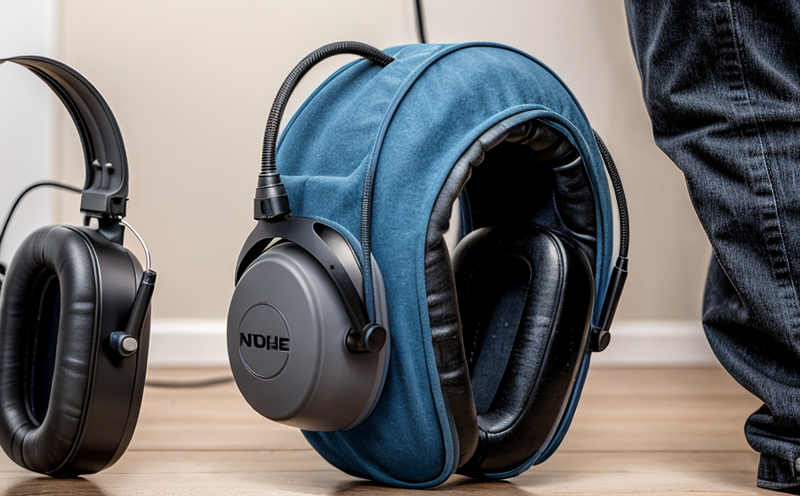EN ISO 4869-5 Active Noise Reduction Device Testing
The European Standard EN ISO 4869-5 outlines the requirements, test methods, and procedures for determining the active noise reduction (ANR) performance of hearing protection devices. This standard is essential in ensuring that personal protective equipment (PPE) effectively reduces environmental noise to safeguard workers' hearing health.
Active Noise Reduction (ANR) technology involves electronic circuits that actively cancel out unwanted sound by generating counteracting signals. These signals are designed to interfere with the incoming sound waves, thereby reducing overall noise levels perceived by the wearer. The performance of such devices is critical in industries where workers are exposed to high noise levels, which can lead to hearing damage if not adequately controlled.
According to EN ISO 4869-5, this testing procedure aims at evaluating the effectiveness of ANR devices under various conditions that simulate real-world scenarios. The test involves measuring the noise reduction provided by the device when it is in use and comparing it with a reference condition where no active cancellation is applied.
The standard specifies detailed procedures for preparing the test environment, setting up the equipment, and conducting the tests. This includes placing the device on a standardized manikin head that mimics human ear anatomy. The noise field used during testing must be controlled to ensure accurate measurements. The noise sources can vary but typically include broadband noise or specific tones within the audible range.
The test setup requires specialized equipment such as sound generators, anechoic chambers, and precision measurement instruments like sound level meters. The device being tested is connected to a power supply and control system that allows it to function autonomously during testing. Once the setup is complete, the device is activated, and noise reduction measurements are recorded.
The results from these tests provide critical insights into how well an ANR device can protect against specific types of noise in various environments. This information is invaluable for quality managers and compliance officers who need to ensure that their facilities meet regulatory requirements regarding occupational safety and health standards.
For R&D engineers, this testing process offers a robust framework for developing and refining new models of ANR devices. By adhering to the stringent protocols outlined in EN ISO 4869-5, they can identify areas for improvement and optimize their designs for better performance. This standard also plays a crucial role in procurement decisions by ensuring that only high-quality protective equipment is selected.
- The testing process is rigorous and involves multiple stages to ensure accuracy.
- It requires advanced instrumentation and controlled environments.
- Results are used for regulatory compliance and safety assurance.
- Data provides valuable insights for product development and improvement.





